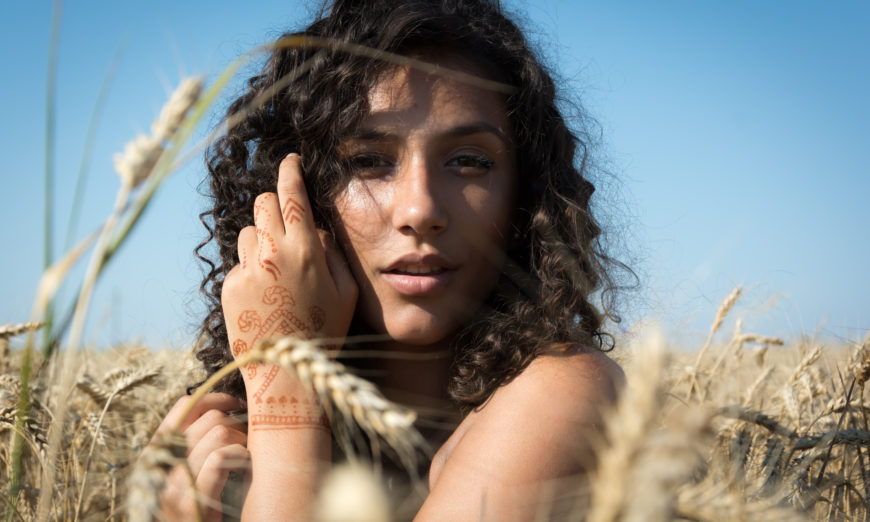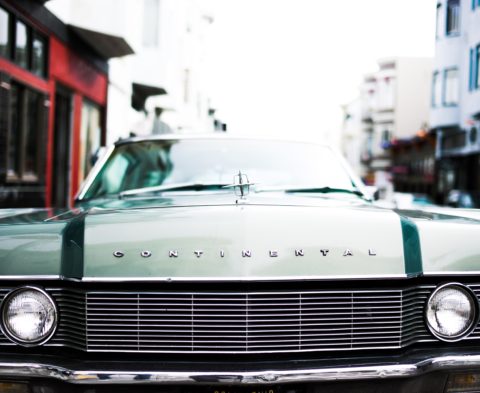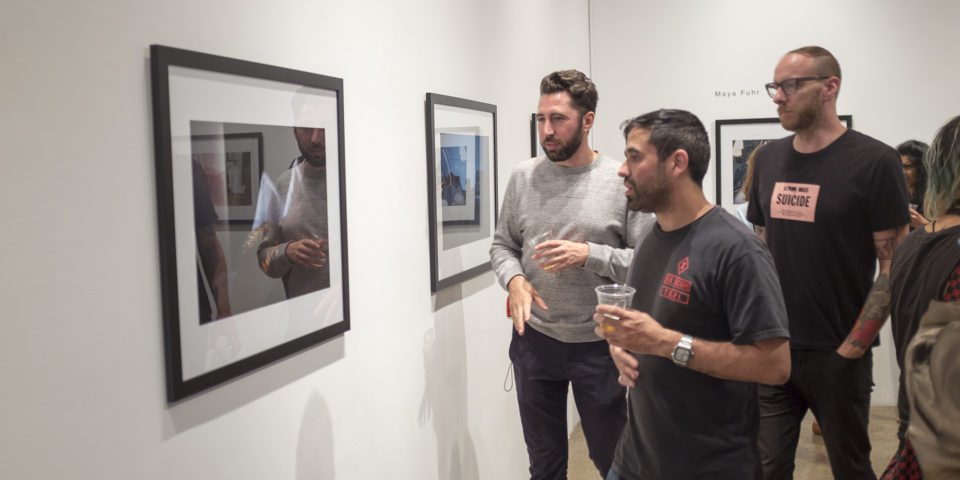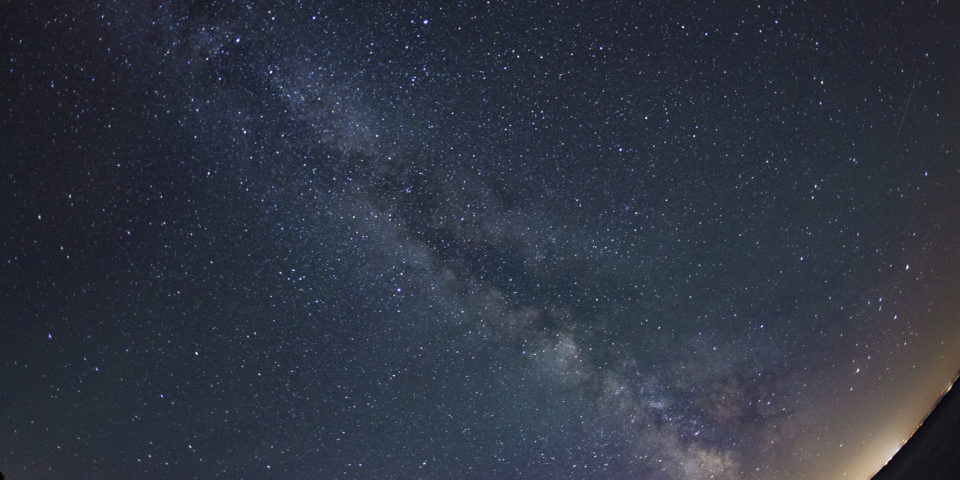I sometimes get to laugh when I teach photography or video classes to younger people. This is no ageist screed, just the reality that for many folks the concept of grey card is completely foreign and the expression results in a quizzical expression and sometimes a wry grin given the colour of my hair.
When the first light metering engineers were developing means of communicating to photographers how to set exposure for a given scene, they looked at thousands of images to try to assess the average tonality of reflected light that when matched against a film stock would result in a properly exposed image. Since transparency film had very limited latitude in terms of exposure range, getting this right was very important.
After much experimentation, math and more experimentation, it was determined that the general average tonality of a scene was approximately 18% grey. In order to make it easier for photographers to meter a scene and get the correct exposure, the grey card was invented. Carrying a grey card in your bag was normal.
Light meters operate in one of two ways. An incident light meter points at the source and measures the luminosity. A reflected light meter, measures the light reflected from a subject. Our cameras that have built in light meters have reflected light meters.
An incident light meter does not care about the tonality of the subject. It is only concerned about the luminosity of the incoming (incident) light. A good incident light meter, used well, will always get the exposure correct. A reflected light meter averages all the meter points to 18% grey and derives its exposure settings from that. That works well over 90 percent of the time because on average, the tonality of a scene is 18% grey. There are situations where it falls down however.
These include when the subject is lighter than 18% grey and takes up most of the frame. Consider a bride in a white dress, with a white veil. The reflected light meter will give you an exposure to average 18% grey, which will result in an underexposed image. Consider a groom in a black tuxedo that takes up most of the frame, or a night skyline that is mostly dark. The reflected light meter in your camera will give you an exposure to average 18% grey, overexposing the image.
We do have exposure compensation dials on our cameras to counter this, and if we are shooting in Live View, even have Exposure Simulation so we can very quickly determine the level of compensation required. This makes life very easy.
The downside is that those LCD panels are very small and if using outdoors without a loupe to block extra light and to magnify detail, we are making at best, educated guesses.
Most cameras today have a spot meter function. This is amazing, particularly when one considers that a handheld spot meter in the days of film cost hundreds and hundreds of dollars. I still have my old Minolta Spotmeter M. I use it when I am shooting film to this day. But in conjunction with it, I also use a grey card.
Since our cameras all have this very sophisticated spot meter built in, we should consider taking advantage of it, particularly when we have very dark and very white subjects, or the difficult combination of both together such as a classic bride and groom shot.
Let me explain how easy this is.
- Set your camera to spot meter mode
- Have your subject, or your assistant hold a grey card in the same light as your subject, near the face if the subject is a person
- Take a meter reading while putting the spot on the grey card and use the Auto Exposure Lock function in your camera to lock the exposure in, or make note of it and make the settings in manual mode.
- Have the subject remove the grey card and start shooting. So long as the light does not change, your exposure will be correct, even if the subject changes position, angle, dominance in the frame, or if you change the angle of view.
If this sounds really simple, that’s because it is. Using the spot meter without a grey card is possible, but you need to meter the spot on something that is about 18% grey. Be sure to go back to your regular metering pattern if not using a grey card with the spot meter or you may get some unpleasant surprises. Remember, that if the light level changes, or you move to a different place, a new meter reading will be required.
This process takes a little more time than point and shoot. You will however get better exposed images that will require less exposure manipulation in post processing. The secondary benefit is that you will be able to click on the grey card with the white balance tool in your post processing software and get a perfect white balance in a single click that will be good for all images shot in that situation. This is extremely handy whether we shoot in RAW or JPEG.
You don’t have to spend a fortune here. There is a 3 in 1 Cameron kit that includes a grey, white and black card for about $20. You can get it in store or online using webcode 568BOO004. The white and black cards are less useful for photography but very important for video balancing. You get all in one. I personally advocate the Lastolite EZYbalance 12” popup grey card. It is grey on one side and white on the other (for video) and collapses into a disk about 4 inches across. I have used an older version of this that is triangular for years and it has never let me down. More expensive at about $80 with webcode 360GET014.
Some folks will go their entire lives without ever using a grey card and be happy. If photography or video is an important hobby for you, you should consider adding a grey card to your kit and learn to use it. You will get better consistency in your exposures and your clients / family will recognize that you are going that one step farther towards excellence.
Until next time, peace.




